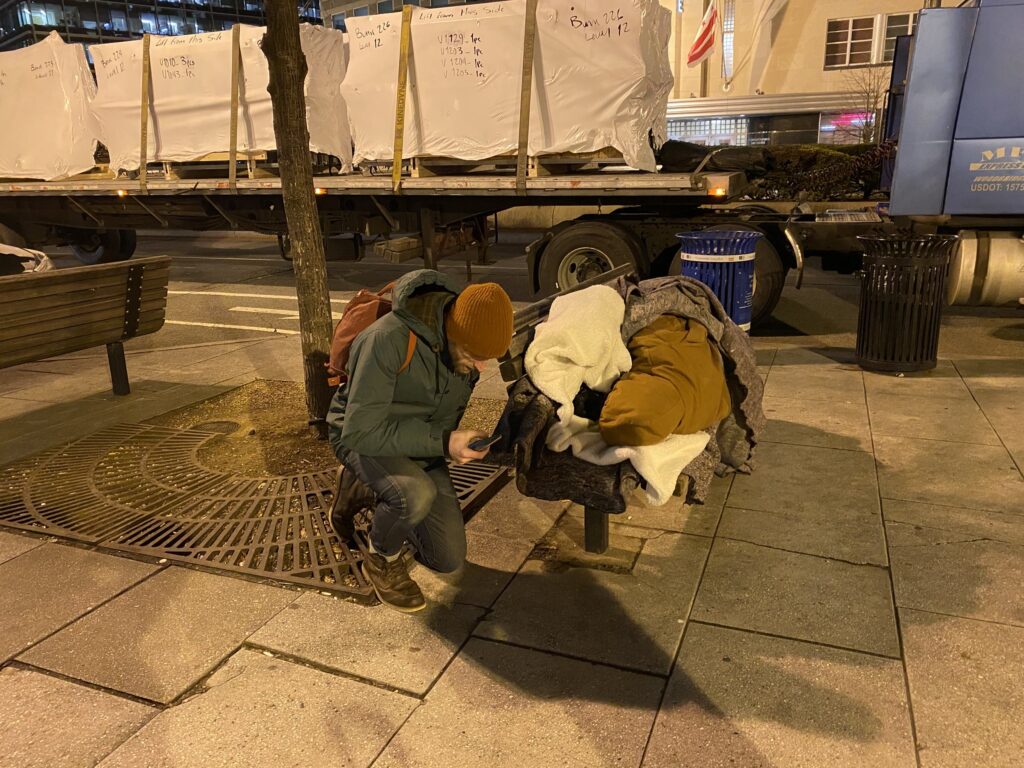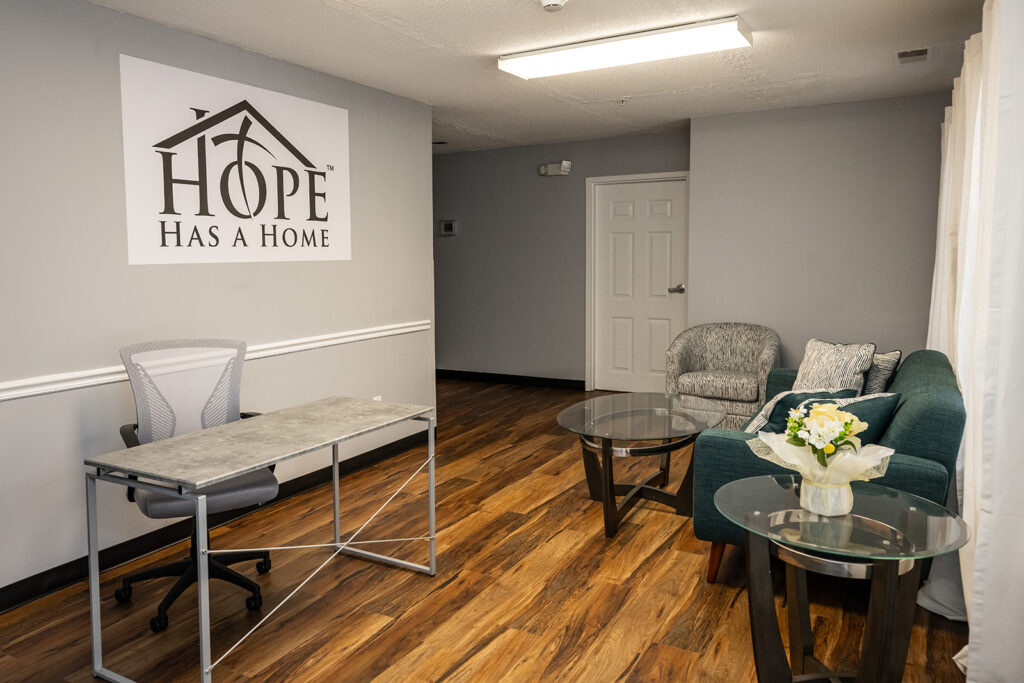This article was featured in the June 24 digital-only edition of Street Sense. Until it is safe to resume person-to-person sales, you’ll always be able to find the current digital-only edition at streetsensemedia.org/Digital Thank you for reading! Please continue to support our vendors through our mobile app (streetsensemedia.org/App).
An annual report on homelessness in the D.C. metropolitan area released on June 10 shows that the number of homeless people fell in 2020 for the fifth consecutive year. But the rate at which D.C. has reduced homelessness continues to decelerate, and the survey, which offers just a single-day “snapshot” of the city’s homeless population from January, doesn’t take into account homelessness caused by the economic fallout of COVID-19.
The Point-in-Time (PIT) count, which was conducted by outreach workers and volunteers on Jan. 22, shows a total of 6,380 homeless individuals in D.C. this year, down 141 people from the 6,521 individuals recorded in 2019. Over the last five years, D.C. saw its homeless population fall by 24%, or 1,970 people, from a total of 8,350 individuals in 2016.
But during the same period, the rate at which homelessness has fallen has steadily declined, dropping from 877 fewer homeless people between 2016 and 2017, to just 141 people exiting homelessness between 2019 and 2020.

Of the 6,380 total homeless people counted in D.C. this year, 3,947 were unaccompanied individuals, of whom 11 were children, and 2,433 were people in homeless families, 1,420 of whom were children. Over the last five years, family homelessness in the city has fallen by 48%, down from a total of 4,667 people in 2016, the year after the D.C. Department of Human Services (DHS) implemented year-round access to shelter for families.
Over the last two years, DHS also launched the Homelessness Prevention Program and Project Reconnect, which help newly homeless families and individuals “double up” with other households, stay with local relatives or friends, or return to their previous living arrangements. But people who are living in overcrowded situations are not considered homeless, and under guidelines from the U.S. Department of Housing and Urban Affairs (HUD), are not included in the annual PIT count.
This year’s count identified 485 transition age youth, or young adults between the ages of 18 and 24, among D.C.’s homeless population, a decrease of four people from last year. However, a separate week-long survey of youth homelessness that includes those who are doubled up found nearly 800 more homeless transition-age youth in 2019 than the PIT count.
Within the homeless population, the number of unsheltered individuals — people living on the streets, in encampments, parks, or other public areas — also grew, from 607 people in 2019 to 652 people this year. That number has doubled since 2016, when there were only 318 unsheltered individuals in D.C. The rise in people living outside of shelters in recent years comes as the city has struggled to provide sufficient emergency and transitional shelter beds — 3,269 adult-only beds available for 3,875 individuals counted in 2019 — and improve shelter conditions people with firsthand experience have said are unsafe and unsanitary living conditions.
There was also a slight uptick in veteran homelessness, rising from 297 people in 2019 to 302 people this year, though the current number is still down 14% from 2016, when there were 350 homeless veterans counted in the District.
[Read more: DC is closer than ever to ending veteran homelessness]
The city also saw a continued decrease in chronic homelessness, or people with a disabling condition who have been continuously or sporadically homeless for a total of 12 months or more. Out of the 1,337 chronically homeless people counted this year, 37 less than 2019, 29% were living unsheltered and the remaining 952 individuals were residing in shelters.
The report, produced by the Metropolitan Washington Council of Governments, warns that rising housing costs and rent burdens on lower-income families will almost certainly be exacerbated by the coronavirus pandemic, which has required extended stay-at-home orders and business closures. On top of that, tenants across D.C. who can no longer afford to pay rent are bracing for an anticipated surge in evictions once the emergency moratorium expires. And while landlords cannot initiate eviction proceedings while the emergency order is in effect, that hasn’t stopped some from sending tenants late on paying rent eviction notices, according to WAMU.
[Read more: Study finds US homelessness could increase by 45% this year]
During a virtual board meeting of the Metropolitan Washington Council of Governments the day the report was released, experts said further investments in affordable housing — the lack of which the report identifies as “the most significant and persistent obstacle to ending homelessness” in the region — are necessary to remediate the impact of the public health emergency.
“Homelessness was a serious challenge in our region pre-pandemic, but the COVID-19 impact brings new urgency to addressing the crisis,” said Tony Turnage, assistant director of the Prince William Homeless Services Division and co-chair of the COG Homeless Services Committee. “It’s clear, housing must be central to the conversations about the region’s recovery plans.”
To further reduce homelessness in the region, the report recommends boosting outreach efforts to people living unsheltered and providing greater access to either housing or shelters. The report also identifies the use of local hotels to quarantine and isolate people who are symptomatic or have tested positive for COVID-19, which DHS has been doing since late March.
In the long-term, the report suggests increasing permanent supportive housing, rapid re-housing and other permanent housing units to provide “wrap-around services” to minimize the chance of recurring homelessness.
“The greatest need in the metropolitan Washington region is permanent housing that is affordable to the lowest-income households, combined with a subsidy to be able to support the housing costs in this region and remain independently housed for the long-term,” the report states.
The endorsement of further investment in permanent supportive housing comes as the D.C. Council is considering Mayor Muriel Bowser’s fiscal year 2021 budget proposal, which, according to advocates, only allocates 7% of the funds necessary to build sufficient permanent supportive housing units and support homelessness prevention and diversion programs.
A final vote to review and approve the mayor’s budget is expected to come by late July.








